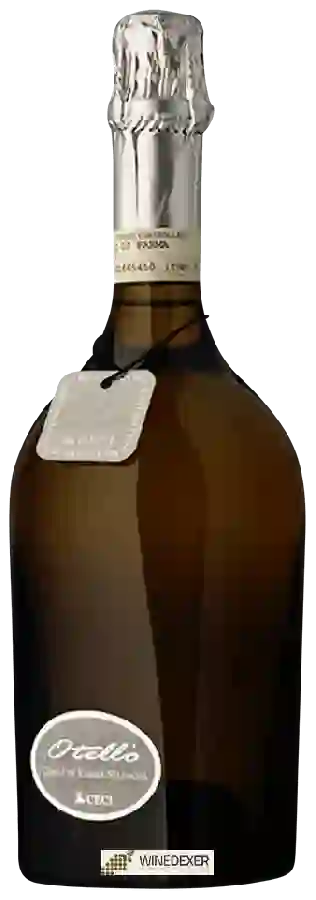
Winery CeciOtello Colli di Parma Malvasia
This wine generally goes well with
Details and technical informations about Winery Ceci's Otello Colli di Parma Malvasia.
Discover the grape variety: Tinto cão
- Origin : Most certainly from the north of Portugal, it is a very old grape variety, present for a very long time in the Douro Valley where it is very often associated with other grape varieties to produce the famous Port. It can also be found in the United States (California, etc.), Australia, Spain, Mexico, etc.
Last vintages of this wine
The best vintages of Otello Colli di Parma Malvasia from Winery Ceci are 2008, 0
Informations about the Winery Ceci
The Winery Ceci is one of of the world's great estates. It offers 91 wines for sale in the of Colli di Parma to come and discover on site or to buy online.
The wine region of Colli di Parma
The wine region of Colli di Parma is located in the region of Émilie-Romagne of Italy. Wineries and vineyards like the Domaine Ariola or the Domaine Crocizia produce mainly wines sparkling, white and red. The most planted grape varieties in the region of Colli di Parma are Chardonnay, Ancellotta and Merlot, they are then used in wines in blends or as a single variety. On the nose of Colli di Parma often reveals types of flavors of red fruit, vegetal or microbio and sometimes also flavors of citrus fruit, non oak or earth.
The wine region of Emilia-Romagna
Romagna/emilia">Emilia-Romagna is a Rich and fertile region in Northern Italy, and one of the country's most prolific wine-producing regions, with over 58,000 hectares (143,320 acres) of vines in 2010. It is 240 kilometers (150 miles) wide and stretches across almost the entire northern Italian peninsula, sandwiched between Tuscany to the South, Lombardy and Veneto to the north and the Adriatic Sea to the east. Nine miles of Liguria is all that separates Emilia-Romagna from the Ligurian Sea, and its uniqueness as the only Italian region with both an east and west coast. Emilia-Romagna's wine-growing heritage dates back to the seventh century BC, making it one of the oldest wine-growing regions in Italy.
The word of the wine: Provignage
A vine reproduction technique that consists of burying a vine shoot that takes root and reproduces a plant with the same characteristics as the vine to which it is attached.













